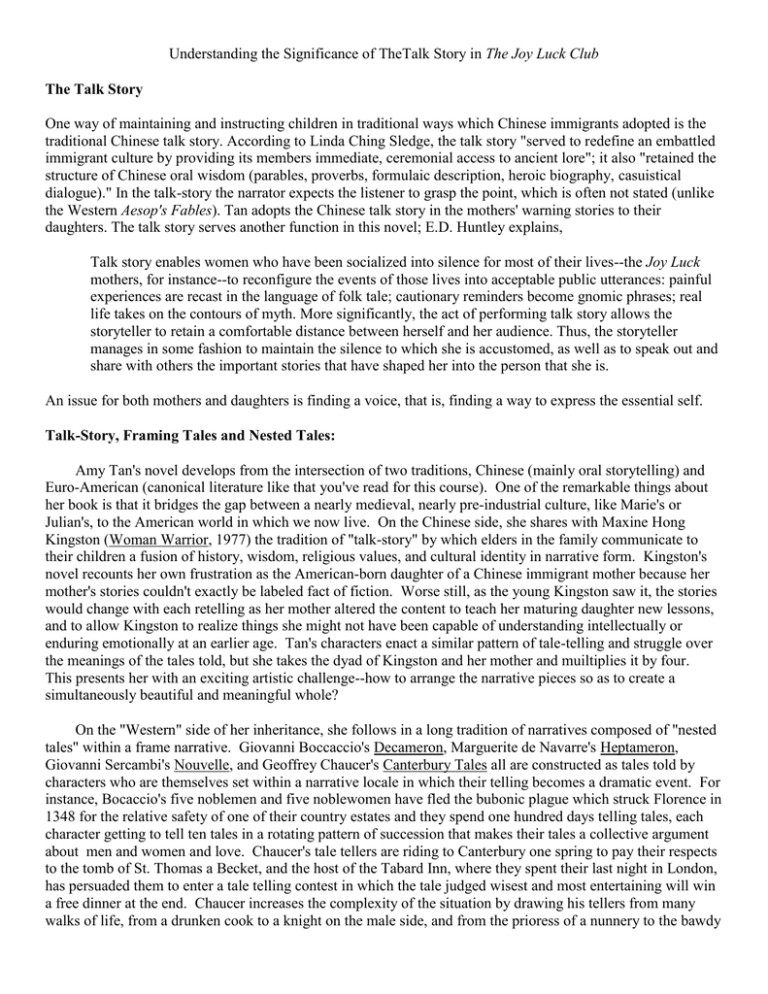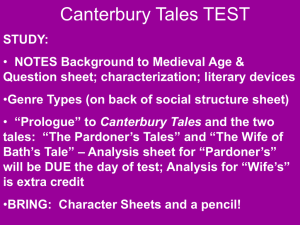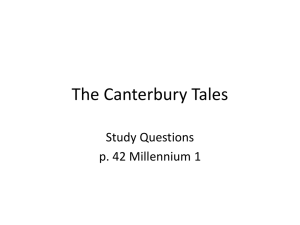The Joy Luck Club The Talk Story
advertisement

Understanding the Significance of TheTalk Story in The Joy Luck Club The Talk Story One way of maintaining and instructing children in traditional ways which Chinese immigrants adopted is the traditional Chinese talk story. According to Linda Ching Sledge, the talk story "served to redefine an embattled immigrant culture by providing its members immediate, ceremonial access to ancient lore"; it also "retained the structure of Chinese oral wisdom (parables, proverbs, formulaic description, heroic biography, casuistical dialogue)." In the talk-story the narrator expects the listener to grasp the point, which is often not stated (unlike the Western Aesop's Fables). Tan adopts the Chinese talk story in the mothers' warning stories to their daughters. The talk story serves another function in this novel; E.D. Huntley explains, Talk story enables women who have been socialized into silence for most of their lives--the Joy Luck mothers, for instance--to reconfigure the events of those lives into acceptable public utterances: painful experiences are recast in the language of folk tale; cautionary reminders become gnomic phrases; real life takes on the contours of myth. More significantly, the act of performing talk story allows the storyteller to retain a comfortable distance between herself and her audience. Thus, the storyteller manages in some fashion to maintain the silence to which she is accustomed, as well as to speak out and share with others the important stories that have shaped her into the person that she is. An issue for both mothers and daughters is finding a voice, that is, finding a way to express the essential self. Talk-Story, Framing Tales and Nested Tales: Amy Tan's novel develops from the intersection of two traditions, Chinese (mainly oral storytelling) and Euro-American (canonical literature like that you've read for this course). One of the remarkable things about her book is that it bridges the gap between a nearly medieval, nearly pre-industrial culture, like Marie's or Julian's, to the American world in which we now live. On the Chinese side, she shares with Maxine Hong Kingston (Woman Warrior, 1977) the tradition of "talk-story" by which elders in the family communicate to their children a fusion of history, wisdom, religious values, and cultural identity in narrative form. Kingston's novel recounts her own frustration as the American-born daughter of a Chinese immigrant mother because her mother's stories couldn't exactly be labeled fact of fiction. Worse still, as the young Kingston saw it, the stories would change with each retelling as her mother altered the content to teach her maturing daughter new lessons, and to allow Kingston to realize things she might not have been capable of understanding intellectually or enduring emotionally at an earlier age. Tan's characters enact a similar pattern of tale-telling and struggle over the meanings of the tales told, but she takes the dyad of Kingston and her mother and muiltiplies it by four. This presents her with an exciting artistic challenge--how to arrange the narrative pieces so as to create a simultaneously beautiful and meaningful whole? On the "Western" side of her inheritance, she follows in a long tradition of narratives composed of "nested tales" within a frame narrative. Giovanni Boccaccio's Decameron, Marguerite de Navarre's Heptameron, Giovanni Sercambi's Nouvelle, and Geoffrey Chaucer's Canterbury Tales all are constructed as tales told by characters who are themselves set within a narrative locale in which their telling becomes a dramatic event. For instance, Bocaccio's five noblemen and five noblewomen have fled the bubonic plague which struck Florence in 1348 for the relative safety of one of their country estates and they spend one hundred days telling tales, each character getting to tell ten tales in a rotating pattern of succession that makes their tales a collective argument about men and women and love. Chaucer's tale tellers are riding to Canterbury one spring to pay their respects to the tomb of St. Thomas a Becket, and the host of the Tabard Inn, where they spent their last night in London, has persuaded them to enter a tale telling contest in which the tale judged wisest and most entertaining will win a free dinner at the end. Chaucer increases the complexity of the situation by drawing his tellers from many walks of life, from a drunken cook to a knight on the male side, and from the prioress of a nunnery to the bawdy Wife of Bath on the female side. Between tales, pilgrims quarrel, crack jokes at each others' expense, flee pursuers angered by their fraudulent behavior, etc. The tales told by Tan's mothers and daughters are coordinated by the fictional frame narrative of the "Joy Luck Club," the mothers' weekly game of mah jong at which they told stories to pass the time while they played. Jing-mei "June" Woo has been called to take the place of her mother, Suyuan Woo, who has died. June Woo's stories form a set of links in the pattern because she is the only daughter who speaks in the tale groups of the mothers ("Feathers" and "Queen Mother"), and she also speaks on her own behalf in the tale groups of the daughters ("Twenty-Six" and "American"). Otherwise, the tales are organized as variations on the patterns of play in the game of mah jong. Works Cited “Amy Tan: The Joy Luck Club”. Brooklyn College. 13 December 2004. Web. 3 April 2012. http://academic.brooklyn.cuny.edu/english/melani/cs6/tan.html “Amy Tan, The Joy Luck Club, 1989: Tale structure, mah jong rules, and history.” Goucher College. Web. 3 April 2012. http://faculty.goucher.edu/eng222/amy_tan_mah_jong__frame_tale.htm





